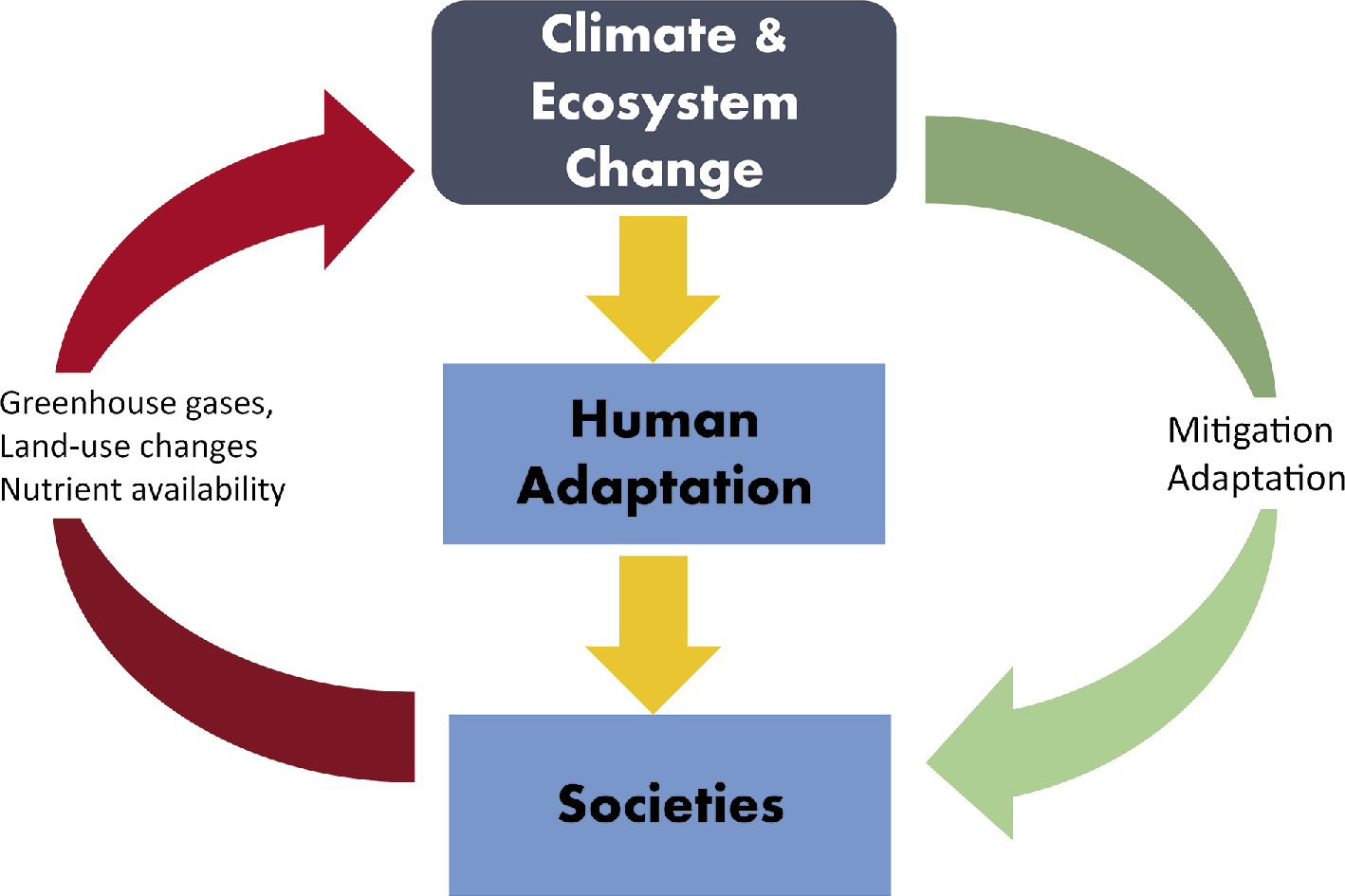- Home
- Publications
- PAGES Magazine
- Climate Change and Cultural Evolution Across The World
Climate change and cultural evolution across the world
Claudio Latorre, J.M. Wilmshurst and L. von Gunten
Past Global Changes Magazine
24(2)
55
2016
Claudio Latorre1,2, J.M. Wilmshurst3,4 and L. von Gunten5
From megafauna hunters in Patagonia to the fantastic civilizations in Chaco canyon, the Maya or settlers of remote oceanic islands, this issue aims to highlight how social decisions in the face of environmental change had long-lasting consequences for the evolution and development of prehistoric societies. Many regions of the world have undergone climate change since their first occupation by humans, and understanding how people who settled these places chose to confront or adapt (or failed to adapt) may play a vital role in sustainable planning of our modern societies.
From demographic collapse to social complexity, cultural evolution is an incredibly broad and complex topic at the forefront of much archaeological and anthropological research today. By affecting the availability of food and water to human populations, environmental drivers are a key factor for understanding this process. It is, however, an oversimplification to state that environmental drivers, such as climate change, are directly responsible for cultural change. Although there are many examples in the literature of large civilizations that suffered some degree of collapse, to attribute these social changes solely on shifting climate states (drought and the Maya is one particularly cited example) ignores other complex processes associated with how human societies make decisions regarding resource constraints.
However, the effects of climate change on past (and indeed future) societies cannot be understated and there are often multiple feedbacks (Fig. 1). Case by case comparative studies can bring out commonalities across cultures, varying geographies and global climate shifts. Such is the spirit behind this issue of Past Global Changes Magazine. We have brought together a series of examples, from most of the major continents and several island groups, to try to understand the underlying processes of how climate and environmental change affected cultural evolution and social decisions. The contributions combine archaeological records with the vast amount of paleoecological and climate proxy information that is now available for many of these regions.
Some of the oldest interactions between humans and the environment discussed in this issue are from South America, the last continental landmass to be colonized by migrating humans at the end of the Pleistocene. One of the best examples for showcasing the complex nature of human-environment interactions is summed up by Maldonado et al. (p. 56), in which, despite inhabiting one of the driest deserts on earth, the early peopling of the Atacama involved a series of choices regarding their environment. Further south in Patagonia, Villavicencio (p. 58) shows how climate and humans clearly must have interacted through ecosystem change to explain the demise of the endemic megafauna at the southernmost tip of the continent.
The impact of extended and persistent drought reconstructed from paleorecords is a unifying theme for several of the contributions in this issue. Zerboni et al. (p. 60) show how the end of the African Humid period during the mid-Holocene brought about new forms of social complexity and societal resilience, and question if extreme oscillations in climate brought about the end of major regional civilizations. In contrast, Weiss (p. 62) shows that mega-droughts lasting several centuries at ca. 4 ka BP brought about synchronous collapse of the major civilizations that occupied the Middle East and Mesopotamia.
Much more contested, however, is the role of drought in bringing about major social change in the Americas. As shown by Beach et al. (p. 66), topography as much as climate may explain the diverse social responses to the onset of drought conditions towards the end of the “Classic” Maya period. Such a complex relationship may also explain the abandonment of the “great houses” of Chaco Canyon in New Mexico, USA, some 900 years ago during the Medieval Climate Anomaly. Betancourt and Guiterman (p. 64) provide us with an up-to-date review of the major aspects of this debate and stress that resource exhaustion and distribution problems may have played a pivotal role.
Oceanic islands were among the last areas to be occupied by prehistoric humans, who spread over the planet during the late Holocene. Rull et al. (p. 70) show that much still needs to be done to understand the waxing and waning of the Rapa Nui on Easter Island. Fernández-Palacios et al. (p. 68) highlight how recent human settlement over the last few thousand years has transformed the diverse Macaronesian island environments, but how they interacted with climates over this time is an area needing further research effort. Finally, Holz et al (p. 72) return to southern Patagonia to bring up the issue of how fire can be a critical parameter for assessing the impact of human-environment-climate interactions, especially in regions where naturally caused fires were infrequent.
affiliations
1Departmento de Ecología & Centro UC del Desierto de Atacama, Pontificia Universidad Católica de Chile, Santiago, Chile
2Institute of Ecology & Biodiversity, Santiago, Chile
3Longterm Ecology Lab, Landcare Research, Lincoln, New Zealand
4School of Environment, The University of Auckland, New Zealand
5PAGES International Project Office, Bern, Switzerland
contact
Claudio Latorre: clatorre bio.puc.cl
bio.puc.cl
